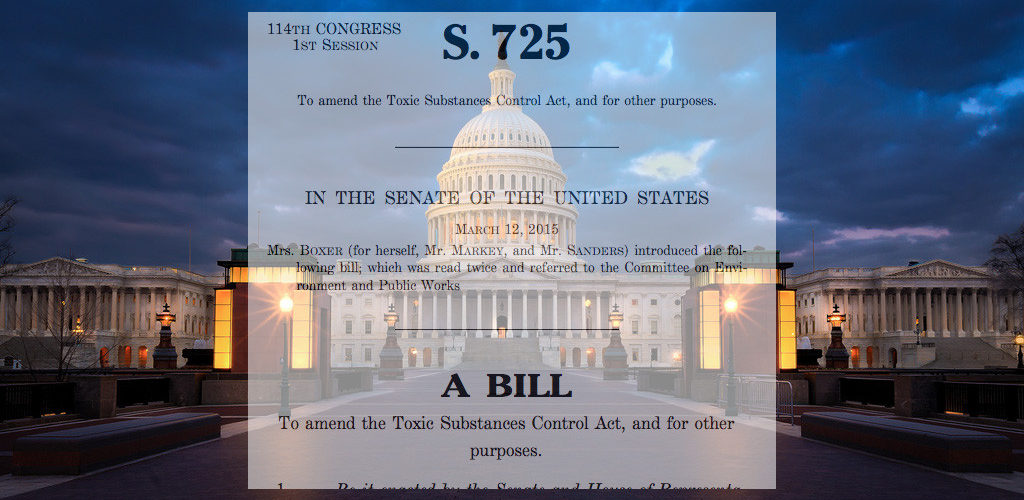It’s hard to imagine a more chemistry-centric law than the Toxic Substances Control Act of 1976. The law is usually known by the acronym “TSCA” – Pronounced “tosca” and not to be confused with La Tasca – though pronounced essentially the same, La Tasca deals with things you may actually want to ingest whereas TSCA deals with things you pretty much never want to ingest.
TSCA’s purposes seem relatively straightforward. According to the statute, Congress wanted to make sure that manufacturers would learn about the effects of their chemical products on health and the environment and that EPA should have adequate authority to regulate any chemicals that “present an unreasonable risk of injury to health or the environment, and to take action with respect to chemical substances and mixtures which are imminent hazards.”
In an idea world, figuring out where a specific chemical fits into TSCA would be as straightforward as IUPAC nomenclature rules. But there were some lawyers involved.* So beware: determining what chemicals TSCA regulates may look simple but that appearance can be deceiving. The first thing to know is that TSCA doesn’t make some neat bifurcation into “toxic” and “non-toxic.” (That’d be just a little too easy.) Instead, the law prohibits manufacture or importation of chemicals not listed on the TSCA Inventory, which EPA keeps. Oh, and there are exceptions. The exceptions fall mainly into two categories: 1) small amounts for research and 2) a substance regulated by another law. If not for the first exception, it would be hard for the practicing researchers among us to do their research. If not for the second, it would be some sort of conflict of laws death match in the arena, kind of like TSCA vs. Pure Food and Drug Act, or butter vs. margarine.
But basically, if you want to make it or import it, you need to get it on the inventory. That requires filing a Pre-Manufacturing Notice (PMN) with EPA. From there, EPA has 90 days to make a determination about imminent hazard – in practice a combination of known or probable toxicity plus likelihood of exposure or release. PMN guidelines however, don’t require manufacturers to test their new products for toxicity. If a manufacturer already has information, it must report details to EPA. This doesn’t happen too often, usually leaving EPA to determine on its own, often using computer modeling.
If this procedure leaves you thinking that EPA may have difficulty completing full determinations, you’re not alone. A 2003 EPA Evaluation found that only 33% provide any kind of test data while only 15 % of PMNs provided data on health effects. It should come as no surprise then that TSCA reform has been on many lawmakers’ minds for some time. The main tactic taken thus far is that states have exercised their tenth Amendment rights and established their own regulations. It has taken some time, but Congress finally seems to have gained enough moment to take on reforming TSCA itself. It’s not without controversy, though and some big issues are on the menu. Preemption is among them, along with the schedule for reviewing chemicals and who will pay (and how) for testing. The Senate Committee on Environment and Public Works is currently considering a TSCA reform bill that has drawn bipartisan support from members but has drawn sharp criticism from many other quarters, especially states attorneys general. While just about everyone agrees that TSCA needs an update, enacting reform may take significantly more time and has already engendered a political food fight.
*I know, I know. A lawyer just pretty much promised a statement from Congress to be pretty straightforward despite containing an undefined statement like “imminent hazards”… Legal Lingo, eh?
Photo credit:
- premierehdr / CC BY-NC 2.0
- S. 725 (screenshot taken 4-4-2015)
- Alternations to original photo by The Capital Chemist




